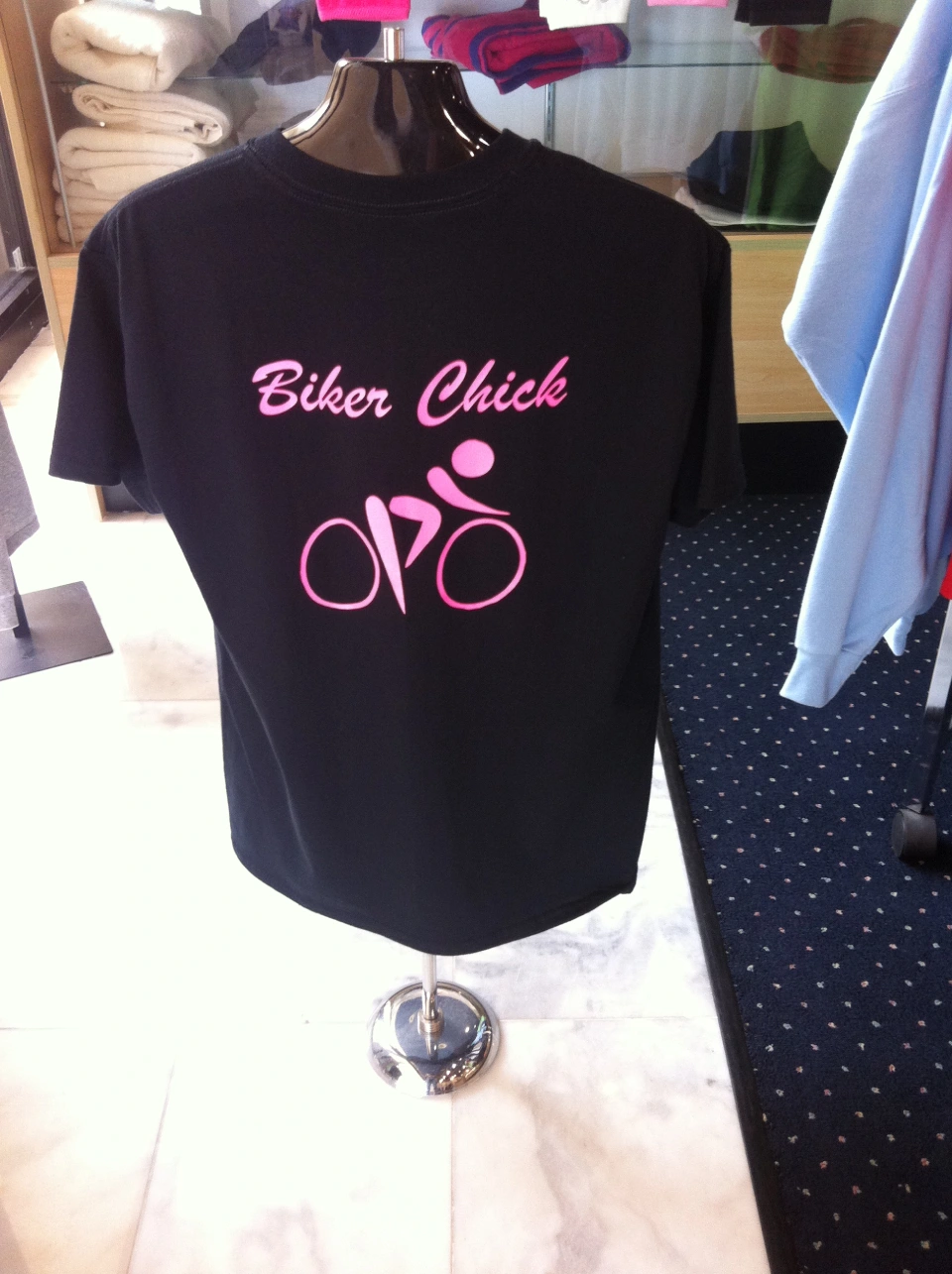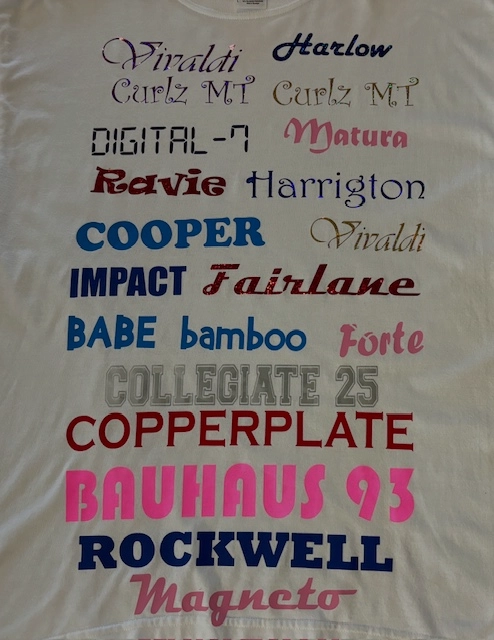The Art of Personalized Needlework: Opening the Keys to Creating Distinct and Remarkable Styles
Embroidery, a craft soaked in tradition and creativity, holds within its intricate stitches the power to change fabric right into a canvas of unique expression. The secrets to producing customized embroidery designs that mesmerize the eye and leave a long lasting impression hinge on a fragile equilibrium of strategy, creative thinking, and attention to information. As we look into the world of custom-made embroidery, we discover the nuanced interplay in between string choice, sew complexity, and design personalization that boosts a simple garment to an artwork. Join us on a journey via the art of custom embroidery as we unwind the mysteries behind crafting absolutely extraordinary and distinctive developments.
Picking the Right Embroidery Threads
When selecting embroidery threads, what key elements should you think about to ensure the very best results for your personalized designs? The selection of needlework string is essential in figuring out the last outcome of your embroidered design. Among the main factors to consider is the material of the thread. Various products such as cotton, polyester, rayon, and silk provide differing levels of luster, durability, and appearance. It is vital to pick a thread material that enhances the material you are stitching on and lines up with the wanted appearance of the style.
Thicker threads can add measurement and structure to your layout, while finer threads are optimal for complex details and little text. In addition, taking into consideration the color fastness and washability of the thread is important to make sure that your custom-made styles preserve their top quality and vibrancy over time.
Checking Out Various Stitch Strategies
To look into the realm of 'Discovering Different Stitch Techniques', one have to grasp the ins and outs and nuances that each sewing method offers the art of embroidery. Various stitch techniques not just add visual passion yet also add to the total texture and dimension of the layout. One prominent stitch method is the satin stitch, which includes carefully stuffed parallel stitches to create a smooth and shiny surface area, ideal for filling out shapes and producing bold lays out.
On the other hand, the backstitch is a flexible method usually used for outlining and including fine details. It includes sewing in reverse to create a solid line of embroidery. Additionally, the French knot stitch adds a tactile component to designs, excellent for producing distinctive accents like blossom centers or attractive touches.
Discovering various stitch methods permits embroiderers to play with light, darkness, and depth within their designs, boosting the visual appeal and creative top quality of their needlework projects. By mastering various stitching methods, one can unlock limitless possibilities for developing unique and memorable personalized needlework items.
Incorporating Personalized Design Aspects
Having checked out the complexities of this post various stitch techniques such as the satin stitch, backstitch, and French knot, the emphasis currently shifts towards incorporating personalized design aspects in custom-made embroidery tasks. Individualized style components play a critical function in making needlework projects genuinely distinct and unforgettable. One method to integrate customization is by including initials, names, or considerable dates to the style. This not just adds a customized touch however likewise enhances the nostalgic value of the embroidery piece.
An additional way to integrate tailored style components is by consisting of symbols or themes that hold special meaning to the recipient or mirror their rate of interests and individuality. Incorporating a favorite flower, pet, or hobby-related icon can make the embroidery layout much more meaningful and customized. Additionally, selecting shades that reverberate with the recipient or line up with the desired style can better improve the personalization of the embroidery project.
Mastering the Art of Color Control

One trick element of color control is comprehending shade theory. This consists of knowing how various shades connect with each various other, the feelings they convey, and just how they can be integrated to develop visually attractive designs. By applying shade theory principles, embroiderers can produce unified color schemes that enhance the overall look of the layout.
Furthermore, focusing on contrast is essential in shade coordination. Using contrasting colors can help specific elements of the style pop, improve clarity, and create an aesthetically vibrant needlework piece. By understanding the art of shade sychronisation, embroiderers can boost their styles and develop memorable items that resonate with clients and customers alike.
Enhancing Texture With Advanced Needlework Stitches

Bullion knots, on the other hand, can be made use of to create twisted, ropelike elements that include a luxurious feeling to the embroidery. Exploring with these advanced embroidery stitches allows you to push the borders of conventional needlework and develop truly distinct and aesthetically attractive appearances in your layouts.
Conclusion
Finally, the art of custom embroidery involves a mix of picking the appropriate strings, discovering numerous stitch strategies, incorporating customized layout elements, understanding color sychronisation, and enhancing appearance with advanced stitches. By recognizing and carrying out these crucial elements, embroiderers can produce distinct and memorable layouts that display their like this creative thinking and ability. Needlework enthusiasts can unlock the keys to developing attractive and custom pieces that stand apart and leave a lasting impact.